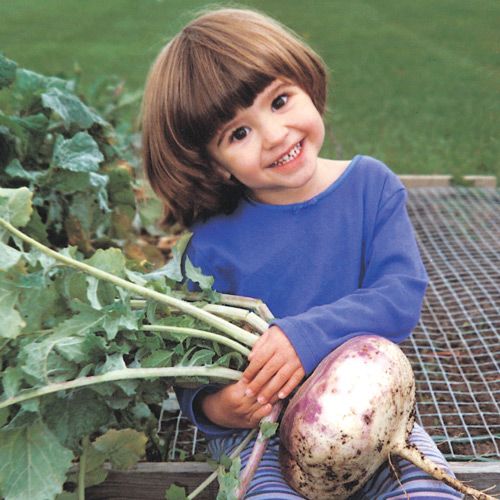One of the number one things I don’t like to do is prepare my garden, buying nutrients and soil, tiling it, raking down to obtain loose nutrient rich soil to plant in. It’s back breaking, sweaty, and usually causes me a few blisters. When I found out about planting a cover crop between seasons or over winter, I was in seventh heaven.
Cover crops do just that, spread quickly to form a cover. It would seem you wouldn’t want something that could get out of control planted in your garden. It isn’t the case, if you plant a cover crop for over wintering they work great. Large farms use them to increase plant production and enhance soil as a rotation crop; however, they’re wonderful for small gardens too. They do lots of good, most have deep reaching roots to loosen soil, and add biodiversity to your field, drawing up nutrients from deep in the soil, (some like legumes can actually add nitrogen). I find it a common sense approach to building fertile soil. Cover crops create organic matter and nutrients by enriching your soil when you till them down. For some cover crops, especially abundant seed producers, you will need to mow, pull or till them down BEFORE they go to seed to avoid them becoming a reoccurring visitor in your garden crop. Others, like canola plant will form seed but it doesn’t become an aggressive “weed”. Most overwintering cover crops need to be tilled under and given 3-4 weeks to decompose before sowing seed, buckwheat as I noted below is a marvelous exception. Winter cover crops should be planted after fall harvest or 3-10 weeks before the first killing frost.
Below are some plants that provide a good reaching cover crop and their benefits. I have planted Buckwheat seed in the past and tell you a little about the pros I discovered. I am planning to try radish this year and will let you know my opinion next spring. Select one for your garden this upcoming fall for the over wintering season.
PURPLE TOP WHITE GLOBE TURNIP – Wonderful fall weed suppression winter cover crop. It quickly decomposes after being mowed or tiled under. Good at breaking up surface soil compaction.
LEGUMES – Generally Legumes planted as your wintering cover give your Corn planting next season added vigor
BUCKWHEAT – Short season annual, establishes quickly and easily. Because it germinates and grows quickly in warm soil, it is an ideal fall ground cover for areas of your garden where you want to plant early season crops next year. It does well in low fertile soils. Its fibrous root system, takes up phosphorus, calcium and mineralized rock phosphate making these nutrients available as you till them under, and it decomposes quickly for later garden plants. Great weed suppression, mellows soil & improves stability. Frost will kill it, but the stems and leaves will collapse to form a mat of protection over your soil from erosion and help prevent nutrients leaching away over the winter. However, I have found by spring planting time, there isn’t be a great deal of residue left from the buckwheat so it is easily tilled into the soil and you can sow seed immediately.
WINTER RYE – Grasses are great cover crops before your next year bean planting. Annual winter rye is a great soil builder producing high levels or organic matter, and also acts as weed and erosion control.

